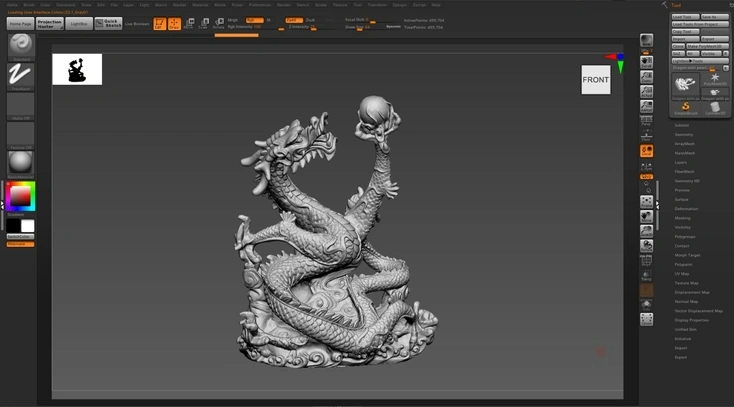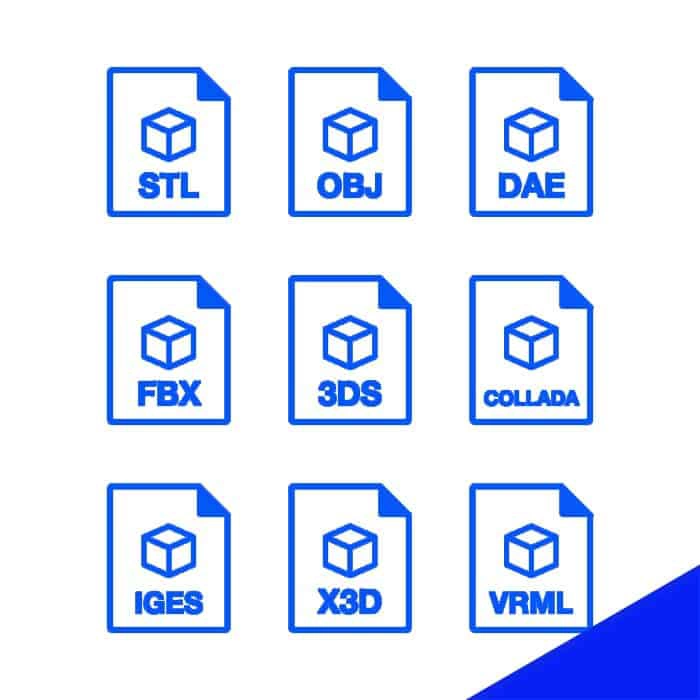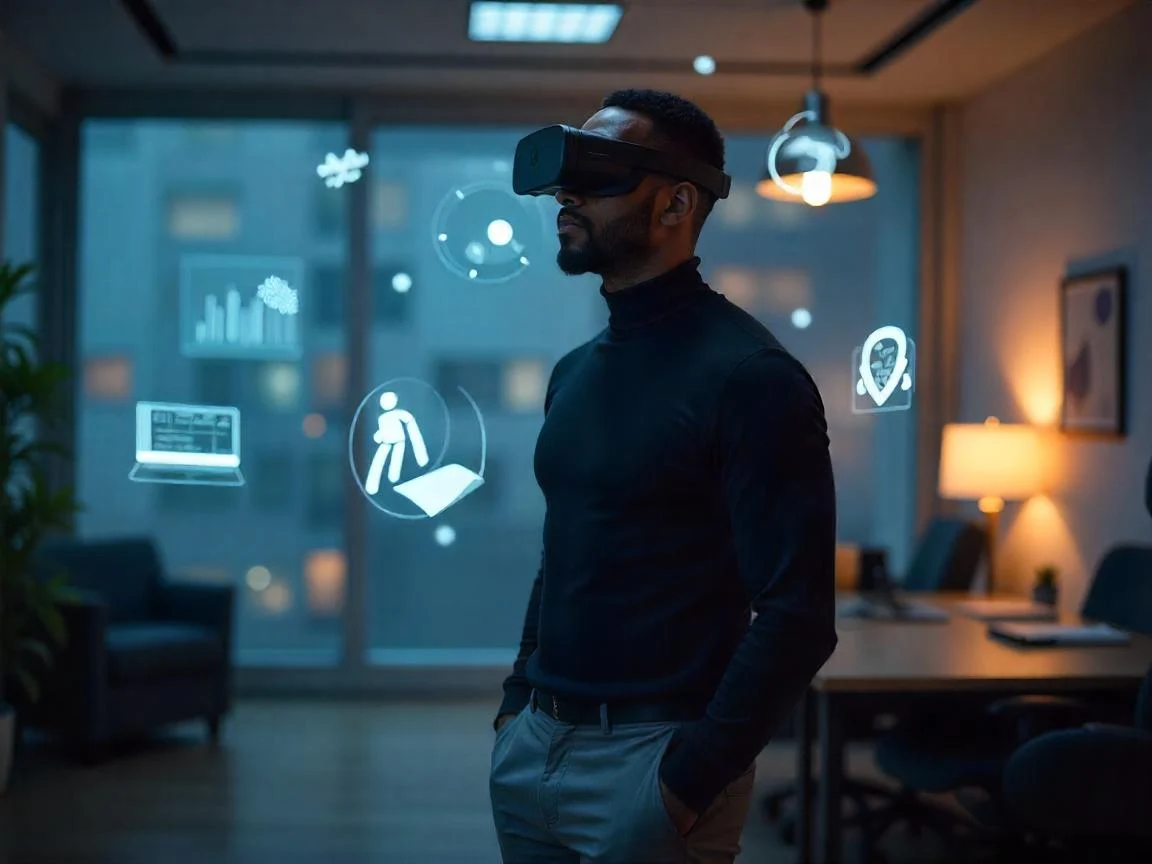How Genshin Impact 3D Models Are Optimized for Mobile Performance
by Animatics Asset Store in Blog on September 13, 2024Genshin Impact has taken the gaming world by storm, becoming one of the most popular action RPGs available on multiple platforms, including mobile devices. One of the game’s biggest achievements is its ability to run smoothly on mobile without sacrificing visual quality. In this article, we will explore how Genshin Impact 3D models are optimized for mobile performance while maintaining the stunning graphics that have captivated millions of players.
The Challenge of High-Quality 3D Models on Mobile
Developing high-quality CGI 3D models for mobile games comes with unique challenges. Mobile devices have limited processing power, memory, and storage compared to PCs or consoles. Despite these limitations, Genshin Impact manages to deliver console-quality graphics on mobile devices, which begs the question: how is it done?
The game’s world is vast, filled with intricate characters, landscapes, and animations. For mobile gaming, this level of detail could easily lead to performance issues like frame drops or overheating. To overcome these challenges, miHoYo, the developer of Genshin Impact, utilizes several optimization techniques for the game’s 3D models and environments.
Key Optimization Techniques for Genshin Impact 3D Models
1. Polygon Reduction and Level of Detail (LOD)
One of the first optimization strategies used in Genshin Impact is polygon reduction. 3D models are made up of polygons, and the more polygons a model has, the more complex it becomes. Reducing polygon count in CGI 3D models is essential for maintaining performance on mobile. However, reducing polygons too much can make the models look jagged and low-quality.
To balance this, the game uses Level of Detail (LOD) systems. This system adjusts the complexity of the models based on the player’s distance from them. For example, if a character or object is far away, the game will display a version of the model with fewer polygons. As the player gets closer, the higher-polygon version is rendered. This dynamic scaling helps reduce the computational load without sacrificing visual quality.
2. Efficient Texture Mapping and Compression
Texture mapping is another area where Genshin Impact excels in optimizing for mobile devices. High-resolution textures can significantly improve a model’s appearance, but they can also increase file size and memory usage. To ensure smooth gameplay, miHoYo uses efficient texture compression techniques.
By compressing the textures, the game reduces the amount of data that needs to be loaded into memory at any given time. This keeps the game’s file size manageable for mobile devices while still providing rich, detailed environments and characters.
3. Dynamic Lighting and Shadows
Lighting and shadows can make or break the visual appeal of a game. While complex lighting systems can drastically improve a game’s realism, they can also be a performance hog, especially on mobile platforms.
To solve this, Genshin Impact uses baked lighting and real-time shadows selectively. Baked lighting means that the light effects are pre-calculated and stored in the game’s files, reducing the need for the device to compute these effects in real time. For areas that require real-time lighting, the game uses dynamic lighting sparingly to ensure smooth performance without overloading the GPU.
4. Skeleton and Rigging Optimization for Characters
Character models in Genshin Impact are highly detailed, each equipped with a complex skeleton for animation. The challenge here is ensuring smooth animations without putting too much strain on mobile processors.
To optimize performance, miHoYo reduces the number of bones in a character’s skeleton rig for mobile versions of the game. This optimization makes it easier for the game engine to process animations quickly without visible lag. The reduction in bones doesn’t drastically affect the look of the animation, especially since most players won’t notice the difference between a 300-bone rig and a 150-bone rig.
5. Texture Streaming and Asset Management
Another method miHoYo employs to optimize 3D models for mobile is texture streaming. This technique loads textures into memory only when needed, rather than loading them all at once. By streaming textures dynamically, the game reduces memory usage, which is crucial for mobile devices with limited RAM.
In addition to texture streaming, Genshin Impact utilizes efficient asset management to load and unload 3D models dynamically. Only the assets required at any given moment are kept in memory, reducing the strain on the system and ensuring smoother gameplay.
6. Post-Processing Effects
While mobile hardware has limitations, Genshin Impact makes use of post-processing effects like bloom, depth of field, and motion blur. These effects add to the game’s cinematic feel, but they can strain mobile hardware. To manage this, the game offers players the option to adjust or turn off these effects, allowing the game to run smoothly on lower-end devices without sacrificing too much visual quality.
7. Shader Optimization
Shaders, which control how light interacts with surfaces, are essential for creating realistic materials in CGI 3D models. Genshin Impact uses optimized shaders to simulate different textures like metal, wood, and water without consuming too much processing power. Developers tailor custom shaders specifically for mobile performance. This ensures the game’s beautiful environments remain visually stunning while maintaining high frame rates.
The Power of Optimization for Mobile Hardware
The success of Genshin Impact on mobile devices is a testament to the power of these optimization techniques. According to statistics from Sensor Tower, the game reached over 50 million downloads in its first year, with 45% of its revenue generated from mobile platforms. The ability to play a high-quality RPG on mobile, without excessive lag or frame drops, has been a significant driver of its popularity.
The game features complex CGI 3D models and massive open-world environments. The developers optimize these models to ensure mobile players enjoy the same experience as those on high-end consoles or PCs.
Utilization Of Asset Stores
For developers looking to create optimized CGI 3D models for mobile games like Genshin Impact, resources like the Animatics Asset Store can be invaluable. The store provides pre-optimized assets that are ready for use in mobile games. The designers create these assets with performance in mind, saving developers time and effort in the optimization process.Incorporating high-quality yet lightweight assets from such stores can significantly enhance mobile performance without compromising the visual appeal of the game.
Conclusion
Genshin Impact’s ability to run smoothly on mobile devices, despite its stunning CGI 3D models, is the result of smart optimization techniques. From reducing polygon counts and compressing textures to employing advanced lighting systems and efficient asset management, miHoYo has shown how game developers can push the limits of mobile gaming.
By utilizing strategies such as LOD, baked lighting, texture streaming, and shader optimization, Genshin Impact has set a high standard for mobile games. These techniques not only enhance visual quality but also ensure that the game is accessible to a broad audience. As mobile devices continue to evolve, so too will the ability to create more immersive and visually stunning experiences on these platforms.






